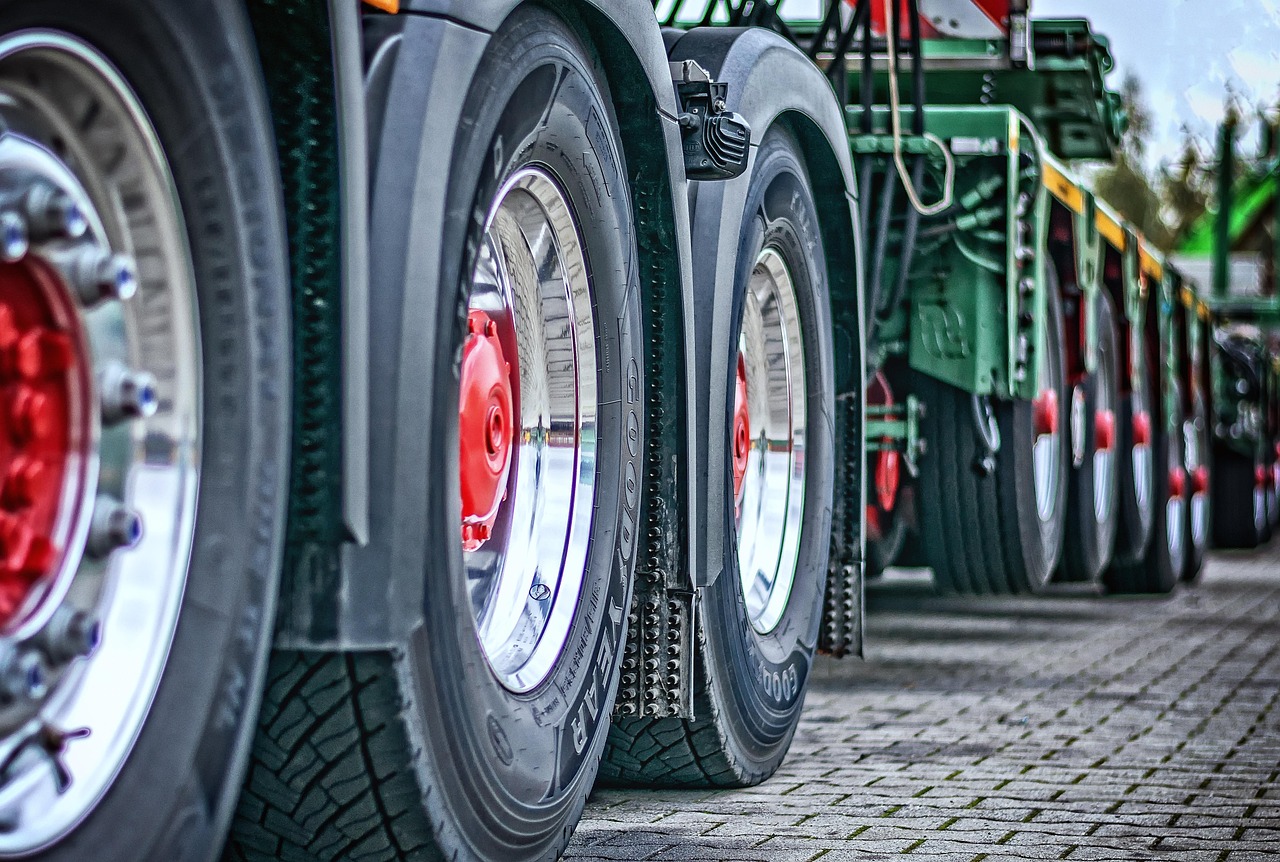Why Investing in a Dedicated Meat Grinder for Wild Game is Essential
Processing wild game—whether venison, elk, moose, or boar—requires equipment built for durability and power. Unlike store-bought beef or pork, wild game meat is leaner, tougher, and often processed in large, irregular batches immediately following a successful hunt. A standard kitchen appliance, such as a stand mixer attachment, is simply not engineered to handle the volume and density of connective tissue found in wild game.
For the serious hunter or home processor, a dedicated, heavy-duty meat grinder is not just a convenience; it is a necessity for maximizing the yield and quality of your harvest. It ensures food safety by minimizing processing time, keeping the meat colder, and preventing motor burnout that can ruin an entire batch.
Critical Factors for Choosing the Best Meat Grinder for Wild Game
Selecting the right grinder involves evaluating several key specifications that dictate performance, longevity, and efficiency when handling tough, sinewy cuts.
Motor Power and Horsepower (HP)
Motor power is the single most important factor. Wild game processing demands continuous torque to push cold, dense meat through the grinding plates without jamming. Look for grinders rated in horsepower (HP) rather than just watts, as HP is a better indicator of sustained grinding capability.
- Minimum Requirement (Occasional Use): 1/2 HP (for small batches, like a single deer quarter).
- Recommended (Serious Hunter): 3/4 HP to 1 HP. This range handles entire deer or elk efficiently.
- High Volume/Commercial: 1.5 HP and above. Essential for processing multiple animals or large batches quickly.
Grinder Size and Capacity: The #8, #12, #22, and #32 Standards
Grinders are categorized by the size of the feed tube and grinding head, which directly correlates to throughput capacity. The larger the number, the faster the machine can process meat, reducing the time the meat spends warming up.
| Grinder Size | Typical Processing Volume | Ideal For |
|---|---|---|
| #8 | Up to 4 lbs per minute | Small game, occasional use, or mixing small batches of fat. |
| #12 | 6–8 lbs per minute | Single deer processing, medium-sized batches. Excellent balance of size and power for most home users. |
| #22 | 10–14 lbs per minute | Multiple deer, large elk, or high-volume processing. Requires a dedicated 1 HP+ motor. |
| #32 | 18+ lbs per minute | Commercial use, butcher shops, or large hunting camps. |
For most hunters processing one or two deer per season, a #12 grinder with at least 3/4 HP provides the optimal combination of speed and footprint.
Construction and Durability
Wild game processing is messy and demanding. The grinder’s housing and components must withstand heavy use and rigorous cleaning.
- Stainless Steel Components: The grinding head, auger, plates, and knives should be made of food-grade stainless steel. This material is non-corrosive, easy to sanitize, and maintains sharpness better than cast aluminum or coated metals.
- Metal Gears: Internal gears should be heavy-duty metal (steel or hardened alloy). Plastic gears are a common failure point when grinding tough sinew or bone fragments often encountered in wild game.
- Housing: While stainless steel housing is ideal, heavy-duty cast aluminum is acceptable for the motor housing, provided the internal components are metal.
Essential Attachments and Accessories
Ensure the grinder comes with or supports essential accessories for full utilization of your harvest:
- Sausage Stuffing Tubes: Necessary for turning ground meat into links, brats, or snack sticks. Look for a best meat grinder sausage stuffer combo.
- Foot Pedal: Allows for hands-free operation, improving safety and efficiency when feeding long strips of meat.
- Grinding Plates: A variety of plates (coarse, medium, fine) is crucial for different products (e.g., coarse for chili, medium for burgers, fine for hot dogs).
Advanced Wild Game Grinding Techniques for Quality Results
Achieving professional-grade ground meat from wild game relies heavily on preparation and technique, regardless of the grinder model.
The Importance of Chilling and Temperature Control
Temperature is the enemy of quality ground meat. If the meat warms up, the fat smears, leading to a greasy texture and poor binding. This is especially true for lean wild game, which often has fat added.
- Target Temperature: Meat should be near freezing, ideally between 28°F and 32°F (-2°C to 0°C).
- Pre-Grinding Prep: Cut the meat into strips or cubes that fit easily into the feed tube. Place the meat, the grinding head, the auger, and the collection pan in the freezer for at least 30 minutes before grinding.
- Grinding Speed: Work quickly and in small batches. If the meat starts to warm up, stop and return the components to the freezer.
Mixing Fat: Why Wild Game Needs Pork or Beef Fat
Wild game, particularly venison, is extremely lean. For palatable burgers, sausages, and meatloaf, external fat must be added for flavor, moisture, and binding.
- Recommended Ratio: Typically, 15% to 25% added fat (pork shoulder fat or beef suet) is ideal. Pork fat is often preferred for its neutral flavor and texture.
- Grinding Fat: Grind the fat separately or mix it thoroughly with the chilled wild game cubes before the first pass.
Double Grinding for Optimal Texture
Most wild game benefits from a two-pass grinding process:
- First Pass (Coarse Plate): Use a 3/8-inch or 1/4-inch plate. This breaks down the large muscle fibers and connective tissue.
- Second Pass (Medium/Fine Plate): Use a 3/16-inch or 1/8-inch plate. This refines the texture and ensures the fat and meat are perfectly blended.
Grinding Specialty Meats
While primarily used for large mammals, a powerful grinder can handle other harvests:
- Waterfowl: Duck and goose meat can be ground, often mixed with pork fat for moisture. Ensure all shot pellets are removed before grinding.
- Fish: Yes, you can grind fish in a meat grinder, particularly for making fish patties, fish sausage, or bait. Use the finest plate and ensure the fish is extremely cold (partially frozen) to prevent mushing.
Beyond the Grinder: Essential Wild Game Processing Tools
Efficient wild game processing extends beyond just the grinder. Several complementary tools streamline the process and ensure long-term quality.
Vacuum Sealer
After grinding, proper storage is paramount. A high-quality vacuum sealer removes air, preventing freezer burn and extending the shelf life of your ground meat and cuts for years. This is a critical investment for preserving the quality of your harvest.
Meat Slicer
While not used for grinding, a dedicated https://meatgrinderhelp.com/ is invaluable for creating uniform cuts for jerky, steaks, or roasts. A commercial-grade slicer with a powerful motor can handle partially frozen wild game muscle efficiently.
Meat Tenderizer
For tough cuts that won’t be ground, a manual or electric meat tenderizer can break down muscle fibers, improving texture and marinade absorption. Learn how to properly use and clean these tools to maintain hygiene and effectiveness. Deni meat tenderizer usage cleaning guide.
Maintenance and Care for Longevity
Proper cleaning is crucial for food safety and extending the life of your equipment. Wild game processing leaves behind tough residues and fat that can quickly corrode metal components if not cleaned immediately.
- Immediate Disassembly: Disassemble the head, auger, plates, and knives immediately after use.
- Cleaning Technique: Use hot, soapy water and a stiff brush. Never put cast iron or aluminum parts in the dishwasher, as the harsh detergents will cause oxidation and discoloration. Stainless steel components are generally dishwasher safe, but hand-washing is recommended.
- Drying and Storage: Thoroughly dry all metal parts immediately after washing to prevent rust. Applying a thin layer of food-grade mineral oil to cast iron or carbon steel plates and knives before storage is essential to inhibit corrosion.
Frequently Asked Questions (FAQ)
What is the ideal horsepower for grinding an entire deer?
For efficient processing of an entire deer carcass in one session, a minimum of 3/4 HP is recommended. If you plan to process multiple deer or larger animals like elk, 1 HP or higher is necessary to maintain speed and prevent overheating.
Can I use a stand mixer attachment to grind wild game?
While technically possible for very small, highly trimmed batches, stand mixer attachments lack the necessary power and torque for continuous wild game processing. They are prone to overheating, jamming, and motor strain when faced with tough sinew and large volumes, making them unsuitable for serious hunters.
How do I prevent my grinder from jamming when processing sinewy meat?
Prevention involves three steps: 1) Ensure the meat is near-freezing (30°F–32°F). 2) Use a sharp knife and plate set. Dull blades tear the meat instead of cutting it. 3) Cut the meat into uniform strips that fit easily into the feed tube, removing as much silver skin and connective tissue as possible before grinding.
Should I grind wild game bones for pet food?
Only commercial-grade, dedicated bone grinders (often #32 size or larger with specialized hardened steel components) should be used for grinding bones. Standard meat grinders are not designed to handle bone and attempting to do so will severely damage the auger, plates, and motor, potentially causing catastrophic failure.
Take Control of Your Harvest
Choosing the right meat grinder transforms the often-tedious task of wild game processing into an efficient, rewarding part of the hunting experience. By prioritizing power, durable stainless steel construction, and appropriate capacity (#12 or #22), you ensure that every pound of your harvest is processed safely and results in the highest quality ground meat.
Invest in a heavy-duty model today to guarantee years of reliable service and superior results for all your wild game needs.
References
- National Center for Home Food Preservation. Safe Handling and Processing of Wild Game Meats. 2025. https://nchfp.uga.edu/ “Guidelines for safe handling of wild game meat” — This resource provides critical temperature and sanitation guidelines necessary to prevent pathogen growth during home processing of harvested animals.
- Meat Processing Industry Review. The Evolution of High-Torque Motors in Domestic Meat Grinders. 2025. “Analysis of high-torque motors for meat processing” — This industry report details the necessary horsepower and gear train requirements for modern meat grinders designed to handle tough, high-volume processing tasks like wild game.
Last Updated on October 14, 2025 by Robert Vance

